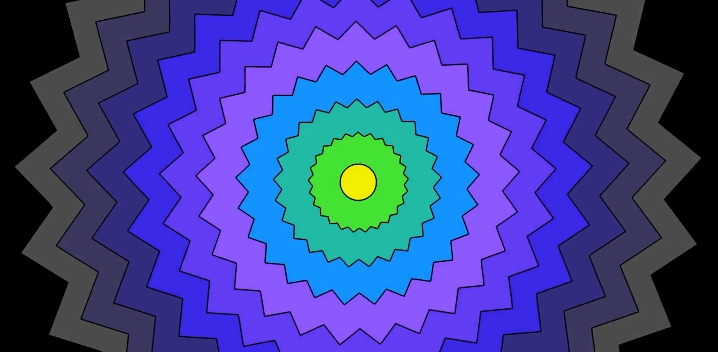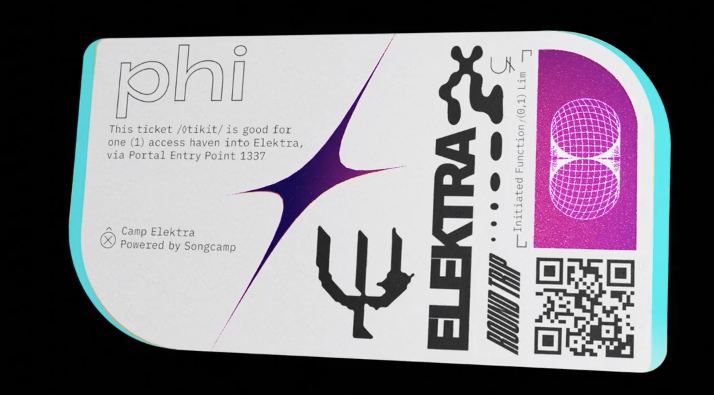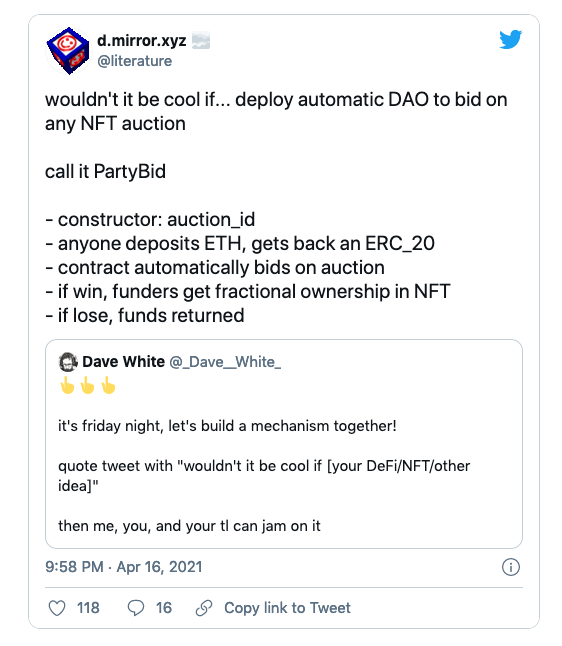Blog
-
BUY NOW - BeOS screensaver for macOS
This is a recreation of the famous BeOS “BUY NOW” screensaver for macOS. It has a dark blue background and white text.
-
How to disable Siri reply suggestions in Messages on macOS
I hate these Siri suggested replies in the Messages app in macOS 15+ (Sequioa). This post has a fix that actually works.
-
Computers controlling web browsers
Amazon launched Nova Act yesterday, which is their “control a web browser with an LLM” solution. This is comparable to GPT Operator, Claude Computer Use and Open Interpreter (the last is my favorite, and open-source)
-
AI-assisted code tools of the now
By request, here is my list of AI app development tools that I’ve used and recommend you check out, as of March 2025. It’s grouped by amount of code and roughly stack-ranked by quality and ease-of-use.
-
LLM plugins and the state of MCP
Lots of hype and debunking around MCP (Model Context Protocol) flying around lately. I’ve been working with it since launch and believe all of these are true:
-
The Demo Rules
I love demos. These are the rules we used for the bi-weekly demo sessions at DEF. “A safe space to show off your projects.” These aren’t for everyone, but this is a good starting point for running a good demo session:
-
How to be a Helium price oracle
The Helium Network Wants YOU To Submit HNT Prices Regularly (It’s Easier Than You Think)
-
Go pitch yourself
If I’m going to be pitching an idea to other people, I think it’s important to practice saying it out loud. So, even though I hate the sound of my own voice, I pitch it to myself.
-
Hacking PartyBid to bid on unsupported Foundation Collections

-
Breaking down the Songcamp $ELEKTRA crowdfund

-
PartyDAO is what startups will look like in the future

-
How to submit a Helium hotspot manufacturer application
We use GitHub to manage the Helium Improvement Proposal process, which includes the hotspot manufacturer approval process (aka HIP19, adopted Nov 2020)
-
A brief history of PartyDAO

-
HIP News March 2021 - consensus rewards, light gateways, new manufacturers
It’s March 30, 2021 and here’s what’s you missed in Helium Improvement Proposals (HIPs)
-
Coldie auctions and NFT auction design
I’ve heard the term “Coldie auction” mentioned in cryptoland a few times, but I didn’t know much about its history. I know it best as the auction model used by Foundation, but it dates back to a manual process run by the artist Coldie, who has been selling cryptoart NFTs since 2018. Their preferred platform SuperRare added native support for this style of auction in late 2020.
-
How to directly interact with an NFT smart contract using Etherscan
Want to better understand what’s happening under the hood with an Ethereum NFT? Here’s how to read your artwork’s metadata files and asset URLs directly from the blockchain using Etherscan.
-
Anti-network effects
Back in January Tushar Jain from Multicoin Capital tweeted about anti-network effects, a term I hadn’t really heard before:
-
Underground infrastructure, or, how to rent your Plex server for fun & profit
I run a Plex home media center that stores all my very legally-acquired movies & TV shows and streams. My current stack is a mid-power NUC, a 4-bay Synology NAS, and a Chromecast Ultra on the TV, usually controlled by an iPhone.
-
DeWi grants and Helium 5G
In May I joined the board of DeWi, a non-profit associated with the Helium p2p wireless network. So far our work has been primarily focused on establishing community governance of the network, via new monthly community calls and the Helium Improvement Proposals (HIP) process.
-
No compensation is worth the feeling of shame
I’m (finally) reading Skin in the Game by Nassim Nicholas Talib. The chapter on “Equality in Uncertainty” felt particularlty relevant to a post I saw this morning:
-
In defense of cryptoart
Dr. Memo Akten recently published a scathing analysis of the carbon cost of cryptoart and non-fungible tokens (NFTs). By his math a single NFT sale requires about 340 kWh, which is equivalent to a European’s electricity usage for a month, or about a 2-hour roundtrip flight. Some people dispute the specifics of Dr. Atken’s numbers, but it is directionally correct. Today, Bitcoin and Ethereum are extremely energy-intensive and wasteful, by design. Because of this, Dr. Atken suggests artists should boycott those blockchains until they improve. Ethereum is the dominant platform for NFTs and so this essentially means a boycott of NFTs and cryptoart as a whole.
-
Test post here
How does this work?